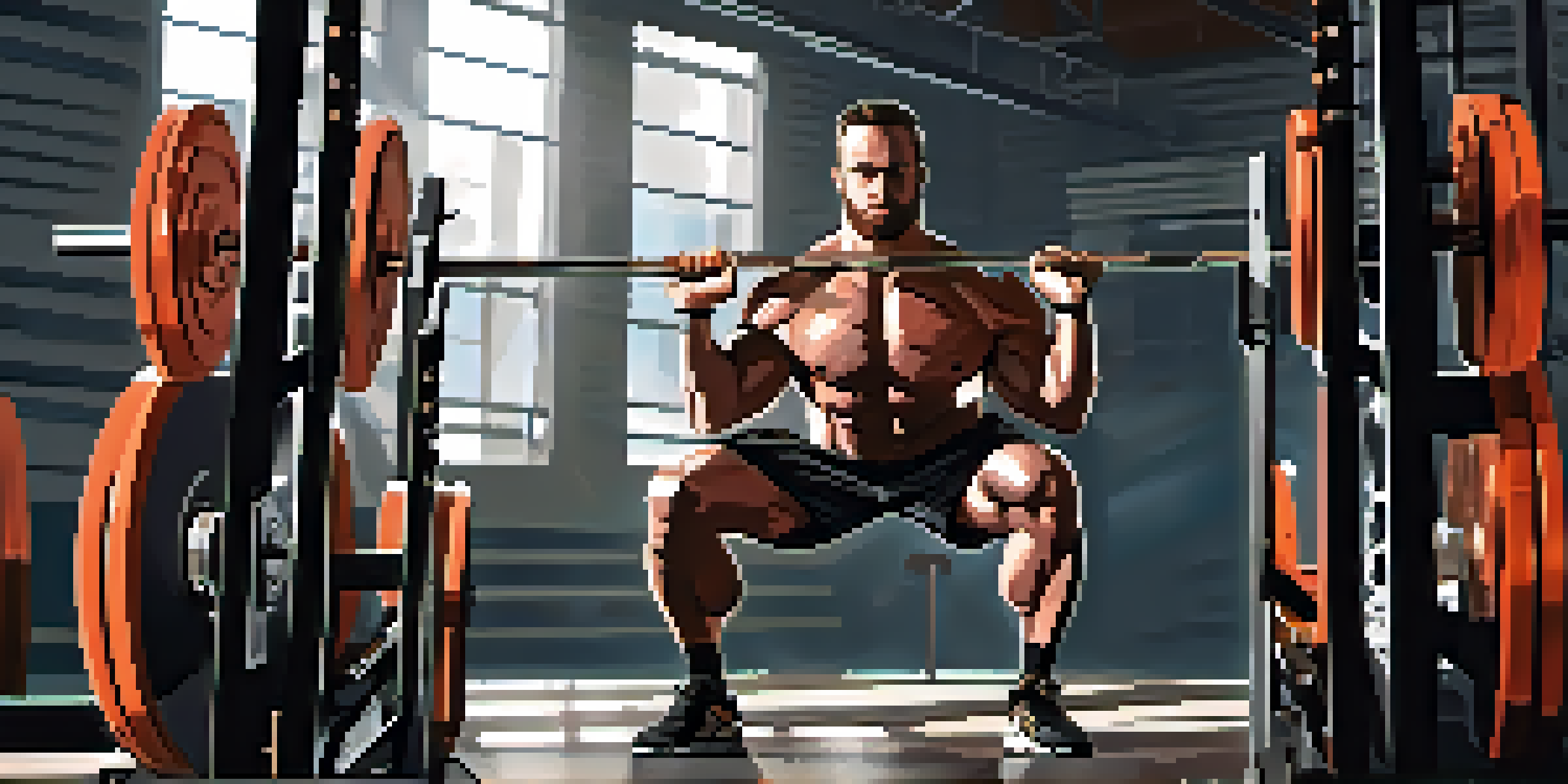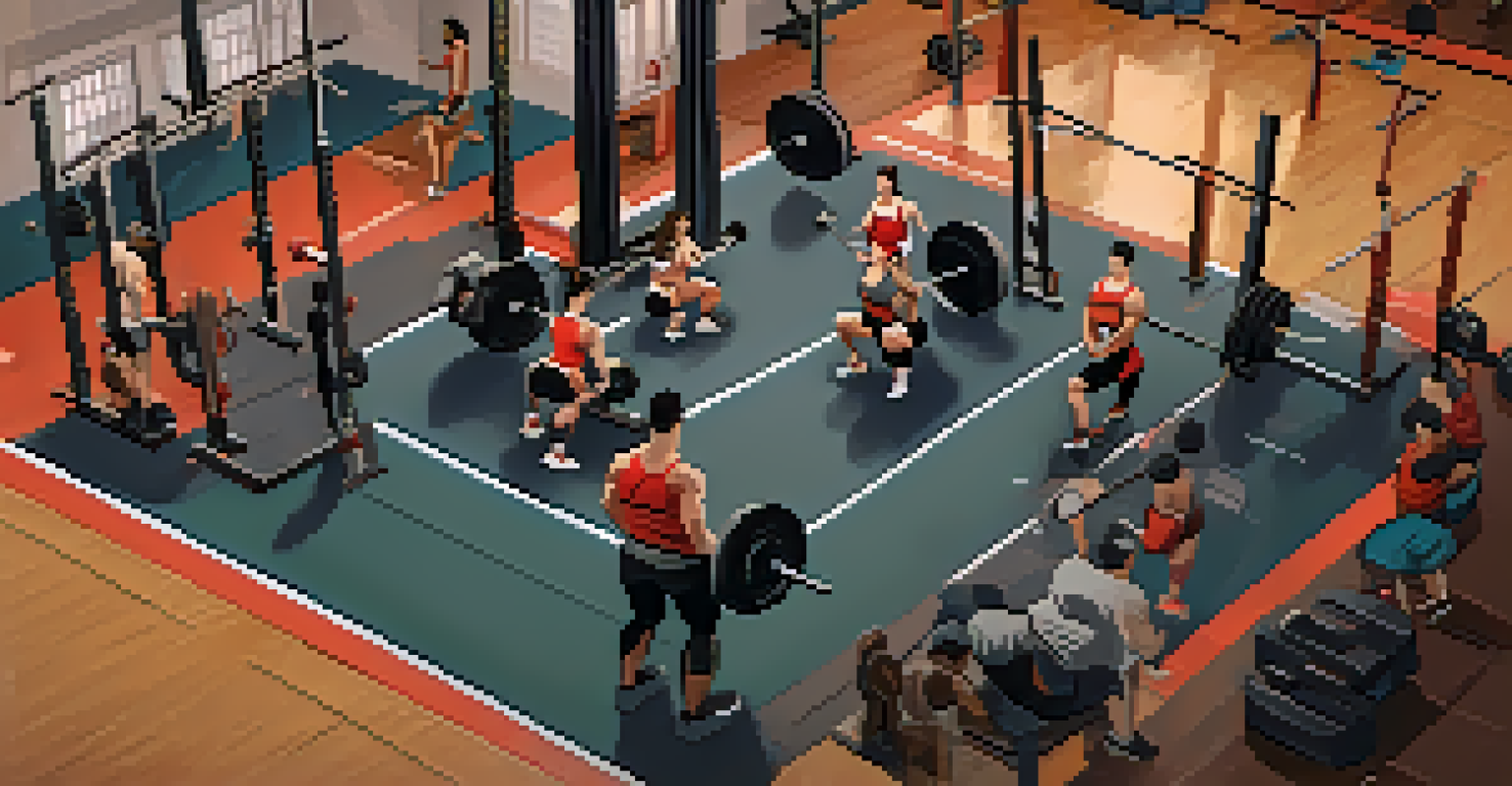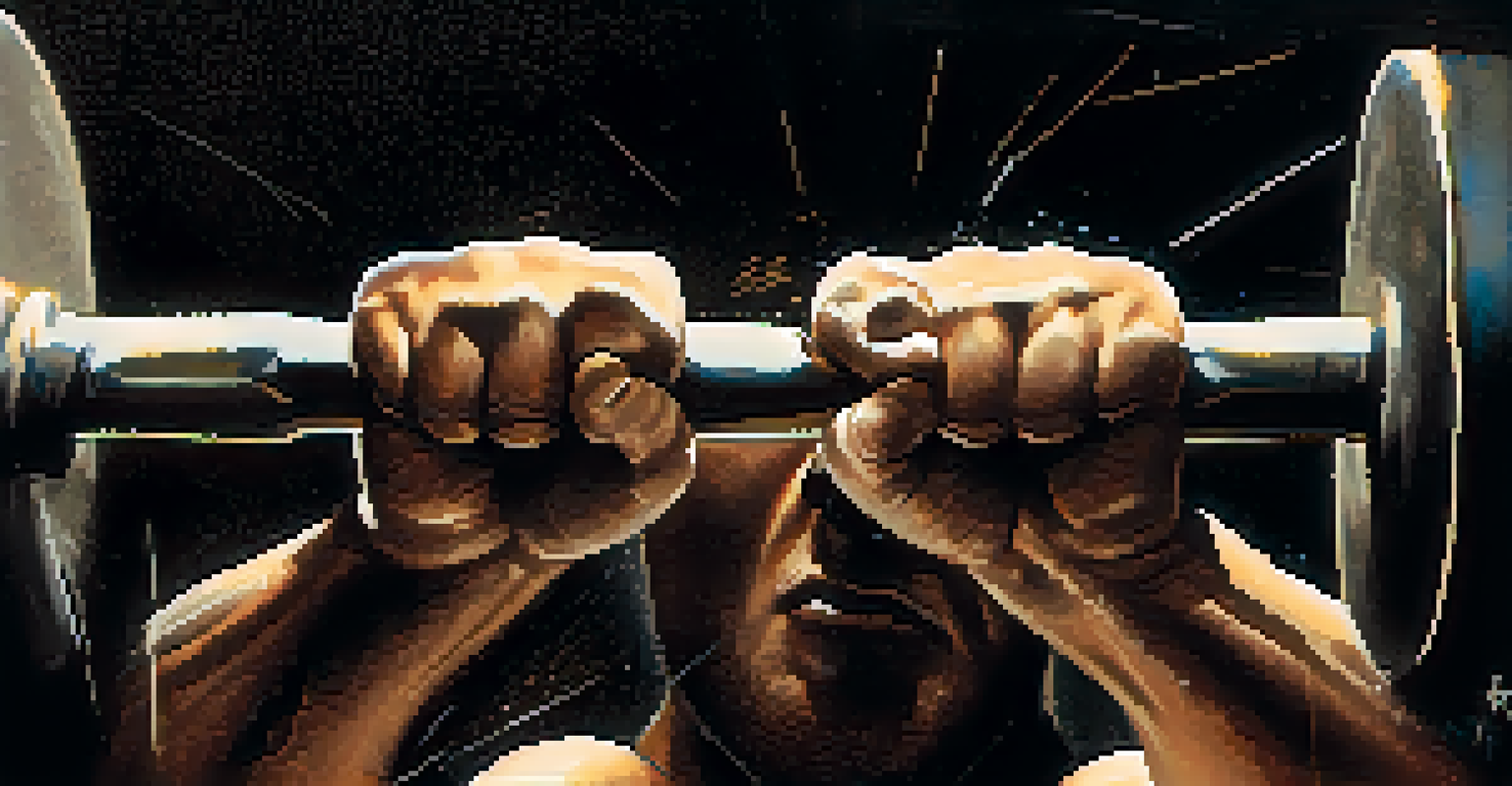Neurological Adaptations in Powerlifting Explained

What Are Neurological Adaptations in Powerlifting?
Neurological adaptations refer to the changes in the nervous system that improve strength and performance. In powerlifting, these adaptations play a crucial role as they help lifters maximize their force production. Essentially, the body learns to recruit more muscle fibers efficiently, allowing for heavier lifts over time.
The mind is everything. What you think, you become.
These adaptations occur through various mechanisms such as increased motor unit recruitment and improved coordination between muscles. For instance, when you first start powerlifting, your body is learning how to activate the right muscles in the right order to perform a lift. This learning process is crucial, especially during complex movements like the squat, bench press, and deadlift.
As you continue training, these neurological pathways become more refined. This means your body can execute lifts more smoothly and effectively, leading to better performance. It’s fascinating to see how much your nervous system can adapt to the demands of heavy lifting!
The Role of Motor Units in Powerlifting
Motor units are the basic functional units of muscle contraction, consisting of a motor neuron and the muscle fibers it innervates. In powerlifting, the effective recruitment of motor units is vital for generating maximum force. When you lift heavy weights, your body aims to activate as many motor units as possible to produce the necessary power.

As you train, your body becomes more efficient at recruiting these motor units. This efficiency allows for greater strength gains without necessarily increasing muscle size. For example, a lifter who focuses on explosive movements will find that they can quickly engage more muscle fibers, resulting in improved performance during competitions.
Neurological Adaptations Boost Strength
Neurological adaptations enhance strength by improving muscle fiber recruitment and coordination during powerlifting.
Additionally, advanced lifters often utilize techniques like cluster sets or accommodating resistance to further enhance motor unit recruitment. These methods challenge the nervous system in unique ways, pushing the boundaries of strength and adaptation. Ultimately, understanding motor units helps lifters tailor their training for optimal results.
How Coordination Enhances Lifting Performance
Coordination is essential in powerlifting as it involves the harmonious function of various muscle groups working together. Improved coordination enables lifters to perform movements more efficiently, which is crucial when dealing with heavy weights. For instance, in the deadlift, coordination between the legs, back, and grip is necessary for a successful lift.
Success is where preparation and opportunity meet.
With consistent training, lifters develop a stronger mind-muscle connection, allowing them to execute lifts with better technique. This connection means that when you focus on a specific muscle during a lift, you can engage it more effectively, leading to greater strength. Imagine trying to stack blocks—if you don’t coordinate your movements, the tower will topple over!
Moreover, enhanced coordination reduces the risk of injury by promoting proper lifting mechanics. When lifters understand how their body moves through space, they’re less likely to make mistakes that could lead to strains or sprains. Thus, coordination is not just about lifting heavier; it's about lifting smart.
The Impact of Practice on Neural Pathways
Repeated practice is key to developing strong neural pathways that facilitate better lifting techniques. Just like learning to ride a bike, the more you practice a powerlifting movement, the more ingrained it becomes in your neural system. This repetition helps your body remember the optimal way to perform a lift, making it more automatic over time.
As you refine these pathways, you’ll notice that lifts start to feel more natural and require less conscious effort. This is because your brain has created a blueprint for how to execute each movement effectively. For example, think of how a pianist learns a new piece—over time, their fingers move fluidly without much thought.
Coordination Reduces Injury Risk
Improved coordination allows lifters to execute movements efficiently, lowering the chances of injury during heavy lifts.
Additionally, practicing under various conditions, such as different tempos or equipment, can further enhance your neural adaptability. This adaptability allows lifters to adjust to competition scenarios more easily. Ultimately, consistent practice transforms effortful lifting into a seamless, instinctive process.
The Importance of Rest and Recovery for Adaptations
While training is crucial for developing neurological adaptations, rest and recovery are equally important. The nervous system needs time to recover from the stresses of heavy lifting to allow adaptations to take place. Without sufficient recovery, your body may struggle to adapt, leading to plateaus or even declines in performance.
Incorporating rest days and active recovery techniques, like light stretching or mobility work, can optimize your training outcomes. For instance, many lifters find that taking a deload week every few months helps them break through plateaus. This is because it gives the nervous system time to recharge and reset.
Moreover, sleep plays a vital role in recovery and adaptation. Quality sleep enhances cognitive functions and motor skills, which are essential for effective lifting. Prioritizing rest enables lifters to come back stronger, demonstrating that sometimes, less is more in the world of powerlifting.
Mental Focus: A Key to Powerlifting Success
Mental focus is often overlooked in powerlifting, yet it plays a significant role in achieving optimal performance. Concentrating on your lifts can enhance the connection between your mind and body, leading to better execution of techniques. When lifters approach a barbell with a clear, focused mindset, they are more likely to perform at their best.
Visualization is a powerful tool for improving mental focus. Many athletes use mental imagery to picture themselves successfully completing a lift before they even attempt it. This practice can enhance confidence and reinforce the neural pathways needed for effective performance.
Rest Enhances Performance Gains
Incorporating rest and recovery is vital for the nervous system to adapt, ultimately leading to better powerlifting performance.
Additionally, techniques such as mindfulness and breathing exercises can help maintain focus during training and competition. By calming the mind, lifters can reduce anxiety and improve concentration, allowing for a more successful lifting experience. Ultimately, mental focus is an integral part of harnessing the full potential of neurological adaptations.
Applying Neurological Adaptations to Your Training
Understanding neurological adaptations can significantly impact how you approach your powerlifting training. By incorporating specific techniques aimed at improving motor unit recruitment and coordination, you can maximize your lifting potential. For example, varying your training intensity and incorporating explosive movements can enhance these adaptations.
Additionally, focusing on proper form and technique during each lift is crucial. By ensuring that each repetition is executed correctly, you reinforce the neural pathways that contribute to strength gains. This attention to detail can make a significant difference in your overall performance.

Finally, don’t underestimate the power of mental strategies and recovery practices. By integrating visualization, mindfulness, and strategic rest into your routine, you create a well-rounded approach that promotes both physical and neurological growth. Embracing these principles can lead to remarkable improvements in your powerlifting journey.